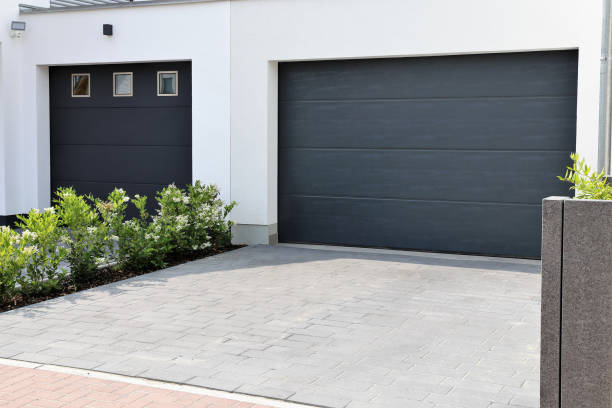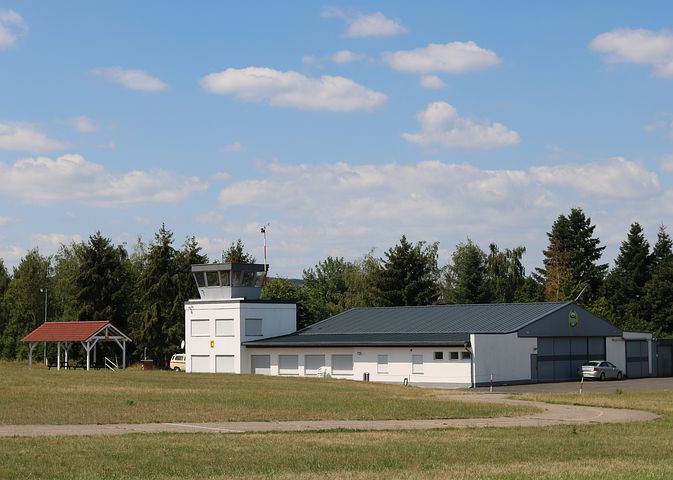Are you planning on adding a carport to your property? If you are, then you are not alone. Many homeowners have decided to have their own carports and are now reaping the benefits.
However, you should keep in mind that the use of your property is regulated – meaning you cannot just put any structure that you want, even if it is within your property line. First-time homeowners feel this is absurd, as it is their property anyway.
Cities or counties pass zoning laws to regulate how property owners use their property in particular areas. The purpose of these laws is to keep businesses or individuals from negatively affecting residential neighborhoods – mostly to reduce traffic and bottlenecks and provide a safe and peaceful place to live for people. Also, homeowner’s associations manage the use of property within a specifically designed development. Whether you want to repaint your house, construct an office, garage, or carport, make sure first to check the zoning laws to make sure your planned use is permitted.
Location requirement for a carport

A one-story attached or detached carport may be placed within the required setback as follows.
- Within the front setback – A carport may be placed here on a sloping parcel only. The elevation difference should be 5 feet or more between the street curb and natural grade at a point 25 feet from the property line. The carport cannot be closer than 5 feet from the front property line. It likewise cannot be closer to a side property line.
- Most common setbacks cannot exceed 15 feet in height above the centerline of the adjoining street.
Carports that are connected to the main house must abide by the district setback requirements. Detached carports are deemed as accessory structures, and if placed in the rear, 30% of the lot can be put up to the side and rear property lines. An exception to this is if an alley is present, it requires a 3-foot setback from the alley. However, the Building Code states that a one-hour firewall separation is needed unless the accessory structure is setback five feet, according to the Dallas city hall website. Thus, it should be set back 5 feet unless the carport is all metal.
With that said, some cities have different building codes, so you should check what they are in your area. It’s also best if you do some research about permits for building carports and poured concrete in Texas.
Need a carport? Check out Lion Carports
Carports are our specialty. We build carports of all sizes to suit your needs. Our metal carports are durable, affordable, and stylish.
For more information about our metal carports, call (336) 962-2809.

